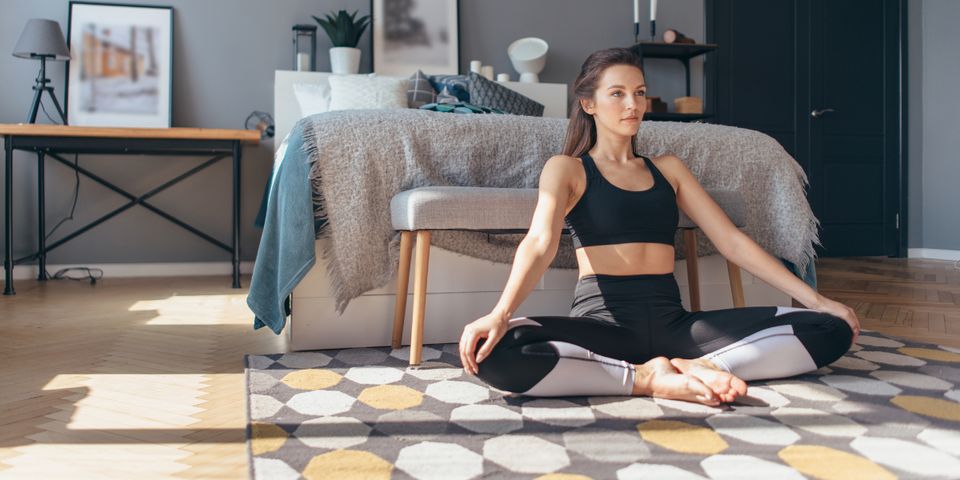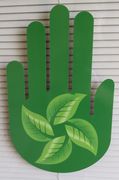What's the Difference Between Dynamic and Static Stretching?

Stretching is beneficial to your health in many ways. It can help prepare your body for physical activity and offer pain relief after an intense workout. Dynamic and static stretches offer different benefits, and it's important to use the right kind of movement at the right time. The following guide explains when and how to use each type and the benefits of doing so.
Dynamic Stretching
Dynamic stretches are best performed before physical activities, including workouts and sports. The goal is to imitate movements typically used during physical activity, priming muscles for top performance. Flexibility is enhanced thanks to increased blood flow, and you'll also enjoy a greater range of motion in your limbs.

Dynamic stretching involves repeated movements, usually 10 to 12 repetitions for the best results. Controlled movements are key to preventing injuries to the muscles, which means bouncing motions should be avoided.
You can use different dynamic stretches to target specific muscle groups, depending on the activity. For example, runners can use walking lunges to enhance their range of movement. Start the walking lunge by positioning your feet so they're shoulder-width apart, then step forward with your right leg. Make sure both knees are bent at a 90-degree angle. Now, step forward with your left leg and assume the same position. Perform two to three sets.
Static Stretching
Also known as passive stretching, are movements done after physical activities. This is key for bringing muscle tissue back to its pre-workout state, which prevents stiffness and facilitates faster healing. Unlike dynamic stretching, static stretches entail holding a position for an amount of time depending on the goal for the stretch. If you are relaxing muscles after a workout, hold each stretch for 20-30 seconds at a low intensity (3-4/10 intensity) and think of relaxing the muscles. If you want to lengthen a muscle and its connective tissue, hold the stretch 90-120 seconds at an even lower intensity (just beginning to feel the tension) and "take up the slack" as the muscle releases during that time. If you use a high intensity stretch, the muscle may react as if in danger of injury and tighten up further to protect itself. You should also not feel pain or strain with the stretch.
Butterfly stretches help increase flexibility in the groin and inner-thigh areas. Start in a seated position with your legs in front of you. Take your right foot and bring it toward your groin, so that the bottom of your foot faces your left thigh. Next, bring your left foot toward your groin until the soles of both feet touch. Maintain the position for 20 to 30 seconds before releasing.
To learn more about how to customize stretching for your body, or for massage therapy which offers pain relief and enhances movement, Hands-On Health Massage & Physical Therapy is dedicated to helping people in High Point, NC, and the surrounding areas, lead a comfortable, pain-free life using proven techniques and therapies. They use a wide range of massage techniques to ensure optimum healing and always take the time to personalize their services. They assist active individuals and people seeking pain relief for chronic conditions. Learn more about their services by visiting the website, or call (336) 906-2040 to schedule an appointment.
About the Business
Have a question? Ask the experts!
Send your question

